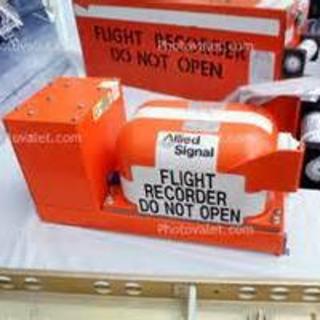
介绍:
Angus Houston, head of the Joint Agency Coordination Center, is urging caution when it comes to any details released regarding the missing Malaysia Airlines plane.
The comment comes as officials are trying to confirm whether the pulse signals picked up by ships in the southern Indian Ocean came from the missing flight.
"This is an important and encouraging lead, but one which I urge you continue to treat carefully. We are working in a very big ocean and within a very large search area and so far, since the aircraft went missing, we've had very few leads which allow us to narrow the search area."
On Friday, Chinese vessel Haixun 01 detected a signal at 37.5 kilohertz, the same frequency emitted by flight data recorders like the one aboard MH370.
The vessel detected the signal again for about 90 seconds on Saturday just 2km away from the original spot.
A number of floating objects have also been sighted on the surface some 90 kilometers from the detection area.
Later on Sunday, Australian navy vessel Ocean Shield detected a separate acoustic signal in its search location.
The signal was detected about 300 nautical miles away from where the Chinese crew picked up its signal.
Malaysian authorities say that the signals have not been verified as coming from the missing aircraft.
Azharuddin Abdul Rahman is Malaysia's civil aviation chief.
"They say that the frequency is 37.5. That is the frequency for such equipment, so we have to verify. We're not sure yet so there are few, one or two ships going there to verify and we have not got any information yet. Of course, we're going to hope for the best, but then everything needs to be confirmed, needs to be verified."
A British navy vessel, which is fitted with sophisticated sound locating equipment, has arrived in the area where the Chinese vessel picked up the pulse signal.
Australia's Ocean Shield is also expected to head to the area after investigating the sound it picked up on Sunday.
In parallel with the search, Malaysian authorities are also pressing ahead with an investigation into what happened to the ill-fated plane.
It is reported that investigators have now found that the jetliner curved north of western Indonesia before turning south toward the southern Indian Ocean.
The latest finding adds to the assumption that the plane was flown deliberately along a route designed to avoid radar detection.
But so far investigators have not ruled out possible causes of the plane's diversion, such as mechanical problems.
It remains unknown who the investigators think might have piloted the aircraft after it vanished from radar.
大家还在听

